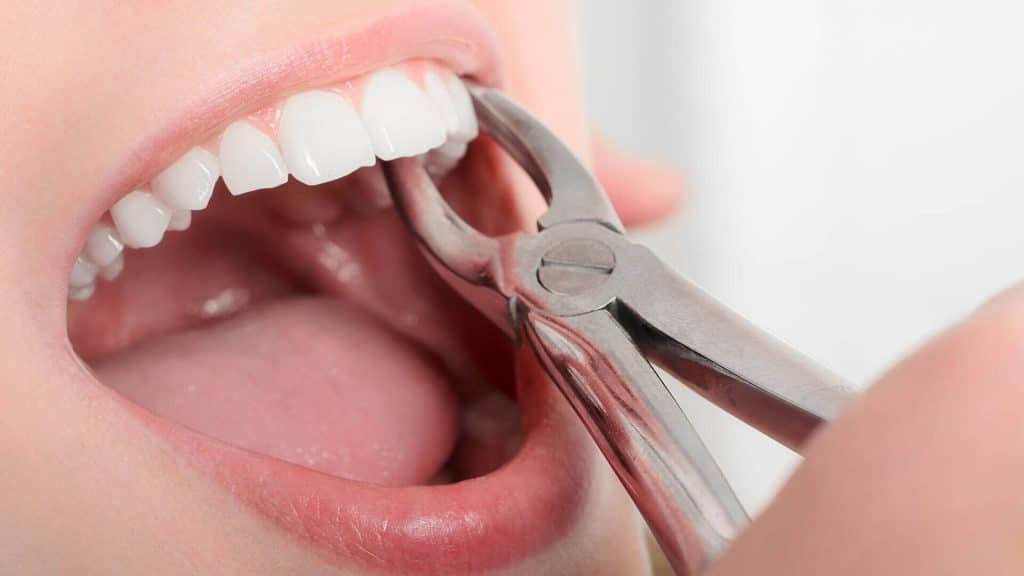Tooth Extraction Turkey: Cost, Procedure and the Recovery Phase

Tooth extraction is one of the most common dental treatments out there. And it is a one-appointment procedure, generally. Many adult and teen patients experience tooth extraction, especially wisdom teeth. Also, at some point, they need to go through it for other dental reasons and problems.
When the patients have excessive tooth decay, tooth infection, and crowding in their teeth, a tooth extraction procedure is needed. Patients who will get braces on their teeth might also need them to make room for other teeth to be placed.
Dentists or oral surgeons can perform a tooth extraction. Generally, it is a very quick procedure with local anaesthesia. But like other dental options, it can also be a tricky and complicated procedure if a tooth is problematically positioned, cracked, or broken. Visible teeth are easily extracted with one dental appointment.
Factors Resulting in Tooth Extraction
- If a tooth is infected or decayed excessively
- If a tooth is broken by an accident
- If the patient experiences severe gum disease
- If the patient has crooked teeth
- If there is not enough room for wisdom teeth
What About the Tooth Extraction risks?
Even though they are few and do not occur frequently, tooth extraction has a few risks. Generally, it means the benefits outweigh the procedure’s risks when your dentist has to suggest it.
One of the most common risks of tooth extraction is the healing process. After the procedure, blood clots accumulate in the incision cut as a matter of course. But if it does not occur, the bone structure is exposed to the outer environment. This is called a dry socket; dentists use sedative dressings to protect the bone for a few days.
There are other risks, too: excessive bleeding, fever, and chills that generally signal an infection, vomiting, nausea, cough, swelling in the area, and chest pain and shortness of breath.
Procedure of Tooth Extraction Turkey
Before even planning a procedure, your dentist might want to see an X-ray of your tooth. You should be explicit about what you consume and take as drugs, vitamins, supplements, and any medication, to your dentist.
You should also mention to your dentist some conditions: Congenital heart defects, diabetes, thyroid, liver, and renal disease, hypertension, an artificial joint, adrenal disease, impaired immune system, and damaged heart valves if you experience any of them.
There are two ways of tooth extraction: simple or surgical. It depends on your tooth’s position if it is visible or impacted.
Simple Extraction
The dental professional will inject local anaesthetics to numb the area around the tooth for the simple extraction. So you will not feel any pain or pressure during the tooth extraction. Following this, the dentist uses an elevator device to loosen the tooth and forceps (tweezers) to move it until it comes out.
Surgical Extraction
Your dentist or oral surgeon will inject you with local anaesthetics and intravenous anaesthetics before the procedure. In severe and more complex conditions, you may also receive general anaesthetics. If so, you will be unconscious during the whole procedure.
Your dentist or oral surgeon will cut your gum with a small incision.
Recovery Phase
Generally, it takes a few days to recover from the tooth extraction procedure. If you want to smoothen your recovery phase, here are some tips!
- Applying an ice pack to the cheek right after the procedure can be beneficial to reduce swelling.
- Right after the procedure, when the dentist places a gauze pad on the area, you should bite down to reduce the bleeding. The gauze pad should rest there for three or four hours.
- You should take the medication that your dental professional prescribes for you.
- Do not follow your regular daily routine after the procedure. You should rest for the following day.
- You should not smoke afterwards for some time.
- Do not rinse for a day following the tooth extraction.
- Spit only is necessary, and be gentle.
- Following the procedure, you should eat soft foods like yoghurt and pudding daily.
- After the first day following the tooth extraction procedure, you should rinse your mouth with a warm glass of water mixed with half a teaspoon of salt.
- After a couple of days, once you feel the area is healing, you may gradually turn back into your routine diet.
Tooth Extraction Costs in Turkey
The cost of tooth extraction depends on the complexity of the procedure and if the tooth is visible or impacted.
But generally, in Western countries, even a small procedure like tooth extraction can be costly. Turkey offers great options for a reasonable price for this procedure, just like other dental treatments. A reasonable price does not mean that dental operations in Turkey lose the quality of the procedure. Our offers are great with price without losing the quality of dental work.
While you are having your dental treatment or simply a tooth extraction procedure, you can also enjoy Turkey, one of the most visited countries in the world. You can look at our blog post on dental tourism to consider getting dental treatments in Turkey.
You can read our previous post on https://smileteamturkey.com/blog/root-canal-treatment-not-a-nightmare/
